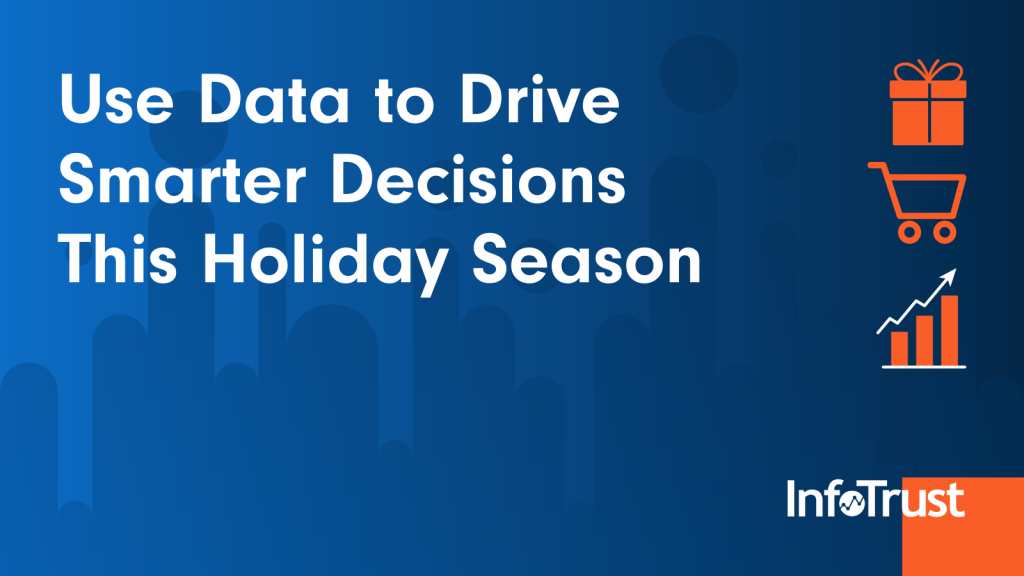We are in the last few days of summer, which for retailers means that the holidays are right around the corner. In this unprecedented year, retailers have had to adapt and be more creative with their operations and marketing. Arguably, the need for reliable and robust data has never been more important. With that in mind, we have overviewed a number of projects that retailers can undertake to leverage their data to power smarter marketing decisions.
Using Customer Lifetime Value to Drive Higher ROI Across Marketing Platforms
CLV, revenue forecasting, churn reduction and other propensity modeling that fall within the data science umbrella are becoming a bigger part of a retail marketers toolset. The ability to push analytics data and other customer and transaction data to Google Big Query create opportunities to leverage the Google Cloud Platform to develop deep neural network models.

This type of analysis can drive meaningful results in the short term, by driving media efficiency, and it can also be the foundation toward becoming a multi-moment, data-driven enterprise.
Using Dashboards to Drive Decision Making
Just as combining different data sources can help optimize marketing decisions, combining different data sources in a dashboard can make your data live and breathe, and can be just as powerful. Last year, our Dashboarding guru Dan, published the article Tips for Building an Effective Analytics Dashboard. Building an effective dashboard can help you evangelize data and help your organization take another step toward becoming a data-driven enterprise.
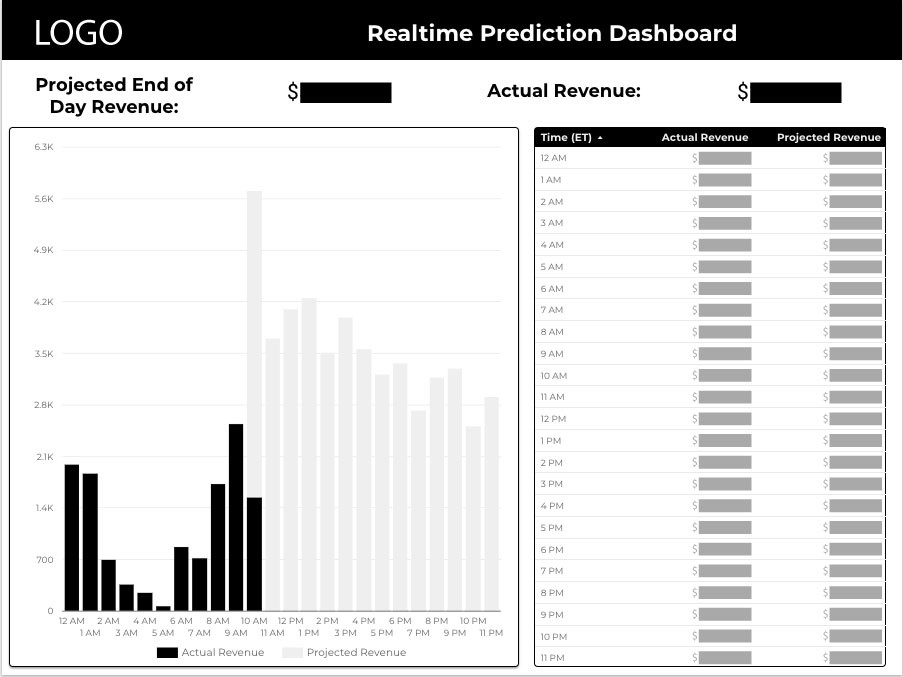
Be sure to start with a purpose and get input from stakeholders who will rely on that dashboard to make key decisions. Ask yourself if the dashboard will help inform better decision making, and consider tapping into back end systems, as we did for this real-time prediction dashboard to create a resource to help teams exceed their sales goals. There are a number of great visualization platforms we leverage; Looker, Tableau, DataStudio, or Microsoft BI that are all powerful ways to showcase the data. Keep in mind that it’s the information and insights in the platform that help your team drive effective business decisions.
Cost (Ad Spend) Data Import and Integration Against Site Conversions Data
Combining AdSpend/Cost data with Site Conversions/purchase data will allow e-Commerce advertisers to improve Media effectiveness by developing a full understanding of performance from all channels, by associating channel cost to conversions and revenue – a true channel ROAS! APIs can be used to automate the import of spend data from other (non-Google) external sources – Bing, Facebook, etc. – allowing you to tie conversions & e-Commerce revenue to the spend or cost of an advertising channel, down to campaign or even keyword level.
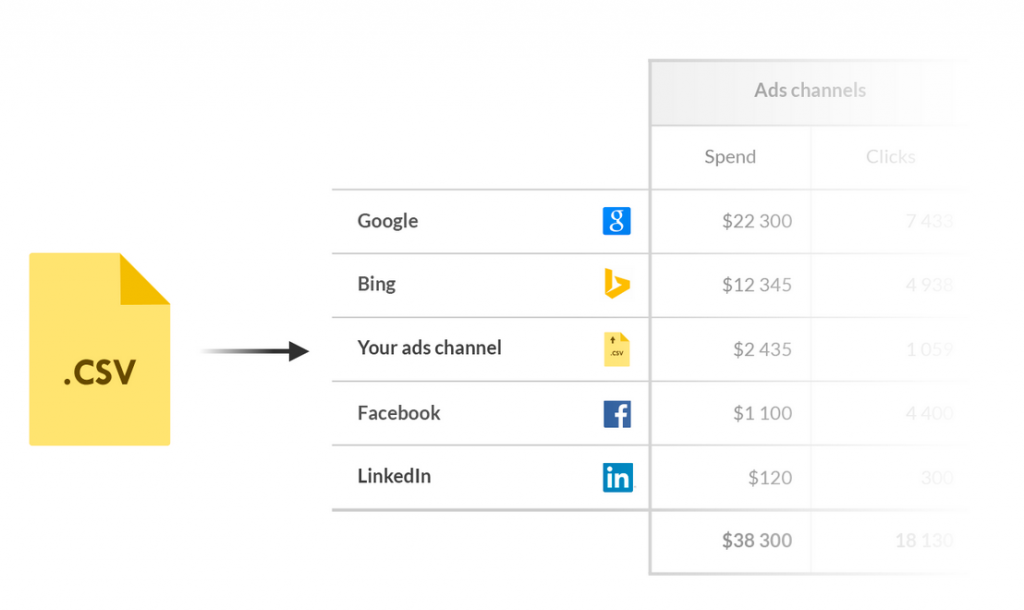
There is configuration needed for this, but you can be up and running, seeing performance by channel, identifying top-performing segments, and creating new audiences for optimal targeting. This also can set the stage for more advanced use cases like customer lifetime value and propensity modeling.
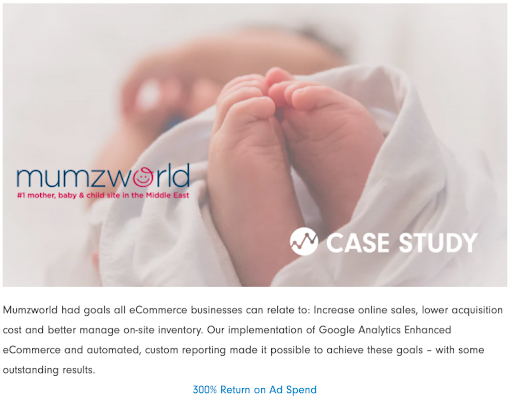
CRM Integration
Omni-channel should be top of mind for just about every retailer, so understanding your customer’s journey, be it online, instore, or some other channel is critical to being a data-driven advertiser. A great first step is to bring your analytics and CRM data together, providing you with a unified view of the customer.
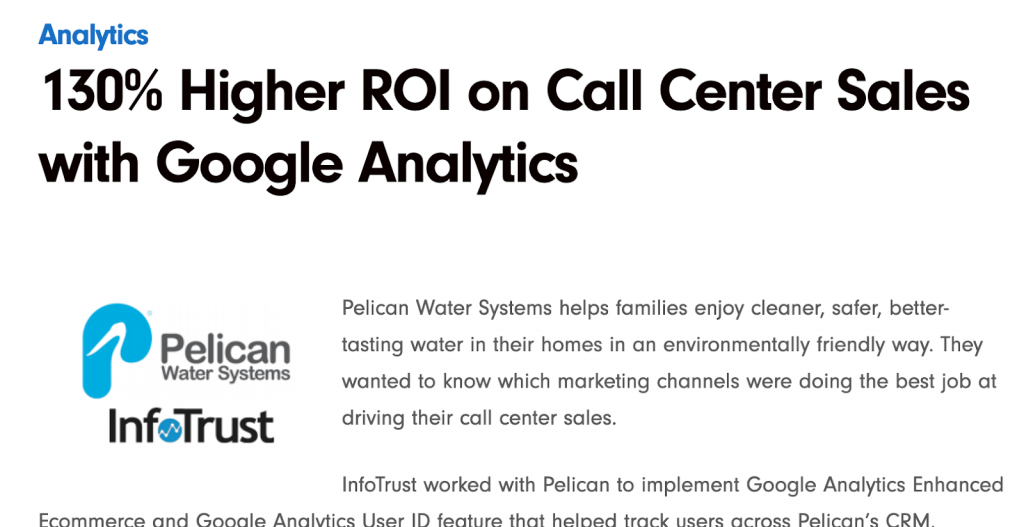
By passing an analytics ID from a user who completed a certain web action to a CRM system, you can ‘stitch’ together that experience. Now, when a user buys offline after starting their research online, that purchase activity can be uploaded back into your analytics. Say goodbye to the days of optimizing off micro-conversions alone. Within a short few months, you can be optimizing toward purchase behavior and true ROAS.
Control the Cookie
Safari’s Intelligent Tracking Prevention (ITP) limits the duration of cookies and reduces cross-site tracking by limiting cookies and other website data. Other browser changes are coming that will even further limit 3rd party cookies, meaning retailers have less data to work with as cookies expire after a short period of time.
With a cookie ‘re-write’ solution, the cookie is set for analytics via the website’s own servers, allowing you to control the duration. Check out our webinar that overviews this solution, and start to think about how you can take more control over your data and become less reliant on 3rd party cookies.
Turn Data Governance Into a Profit Center
Data governance, for many, conjures images of stiff fines when certain privacy requirements are not met. But it’s more than that. Compliance is only one component of governance. A couple of questions to ask:
- Is site speed (which can impact conversion rates, user experience, and SEO ranking) important to you?
- Is data collection (i.e, ensuring analytics and marketing tags fire on key conversion pages) critical to your optimization efforts?
- Is your team focused on driving revenue or are they bogged down manually troubleshooting broken tags?
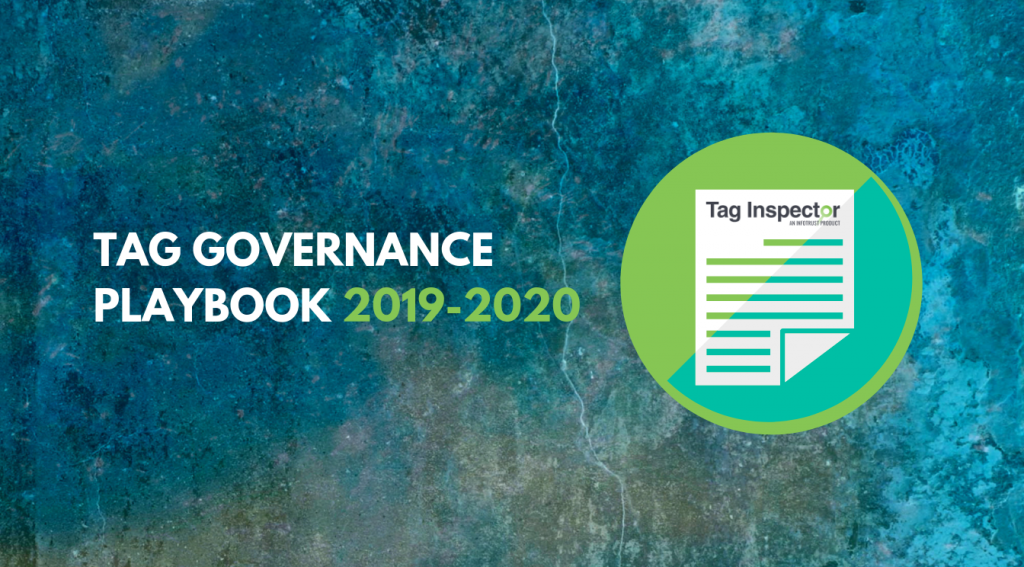
A strong data governance function can help on all these fronts. Tools like Tag Inspector can help you monitor what tags are firing, and alert you when data collection fails. It can also be used to assess what tags are slowing down your site. Our tag governance playbook is a great place to kick start your governance strategy.
As you plan for your holiday sprint, think about how much of an impact 1) better data, 2) improved decision-making capabilities, and 3) increased media efficiency can have on your sales and overall bottom line. What would a 5% increase in conversion rate mean to your business or a 10% increase in AOV? The holidays are stressful enough, let alone if you are an online retailer. Let us help you reduce that stress and make this one of your best retail seasons ever.
Interested in even more retail analytics content? Check out the retail section of our resources page and sign up for the first-ever InfoTrust Retail Analytics Summit in February of 2021.

